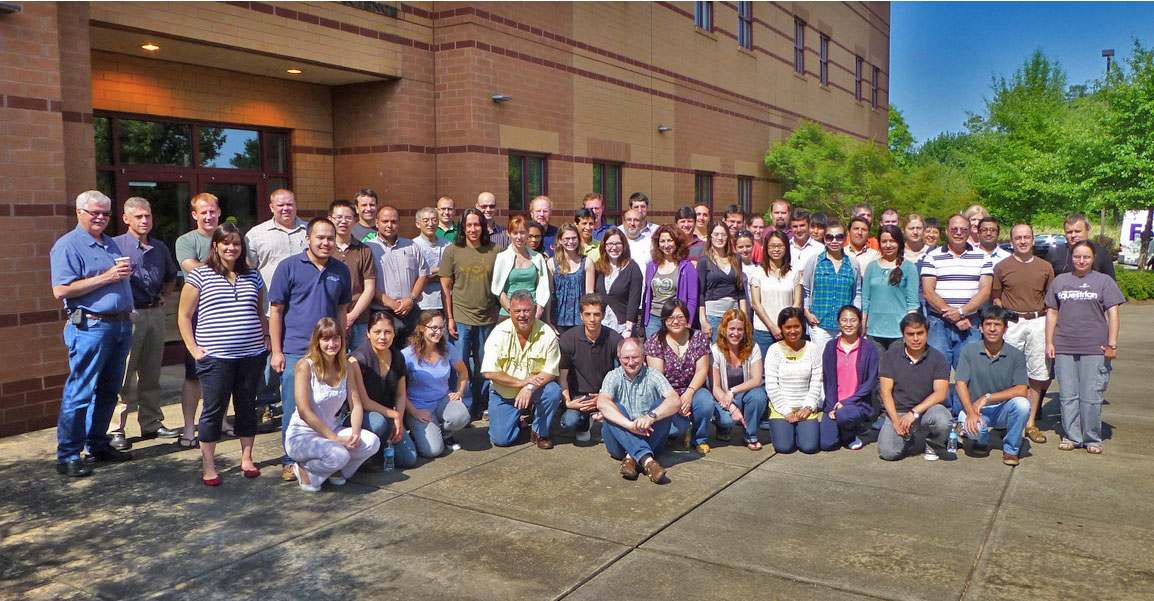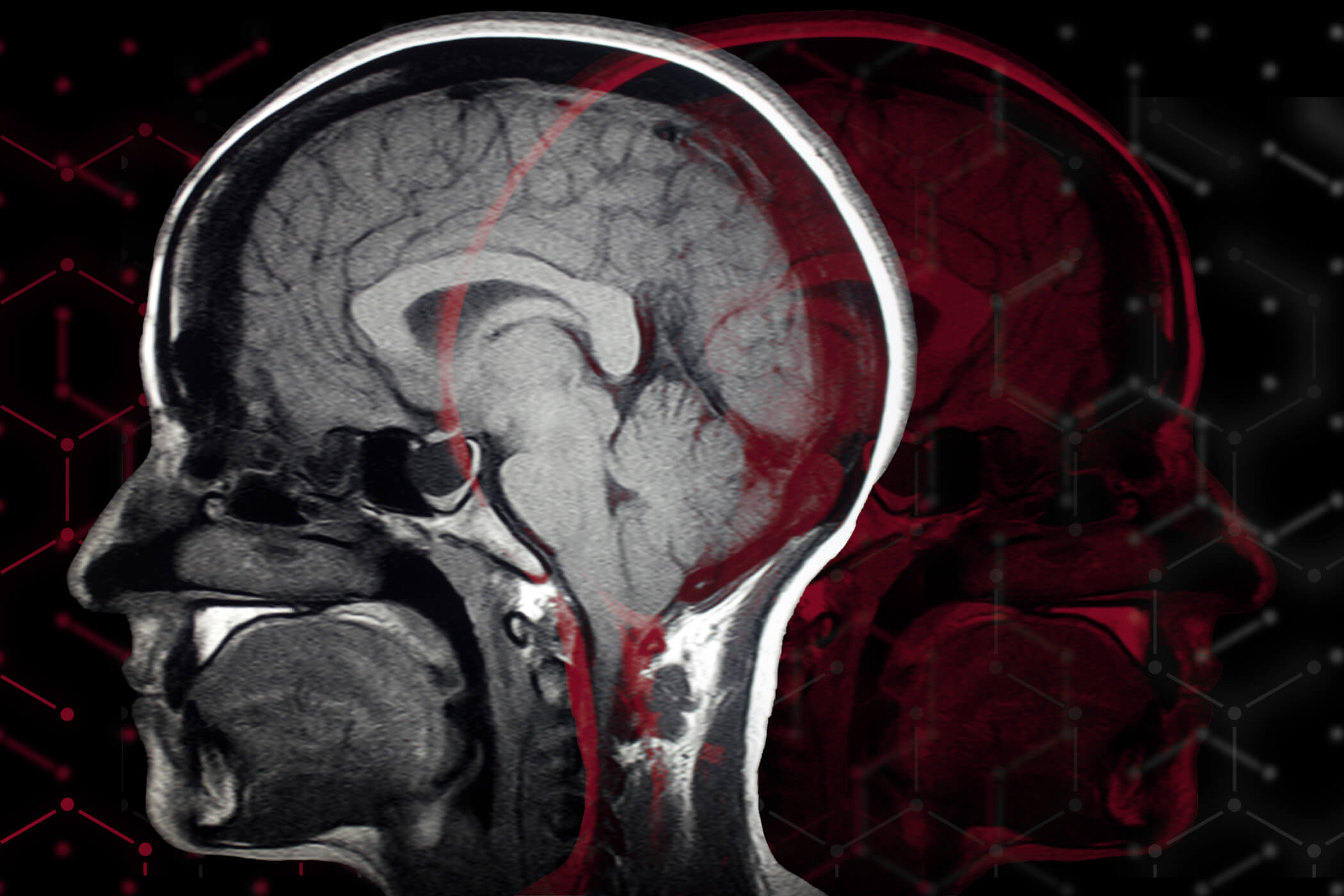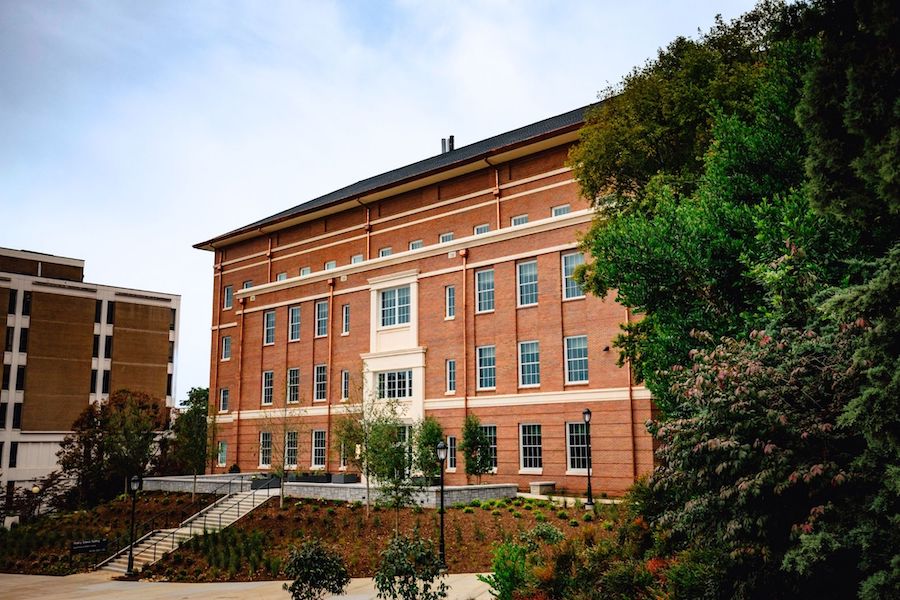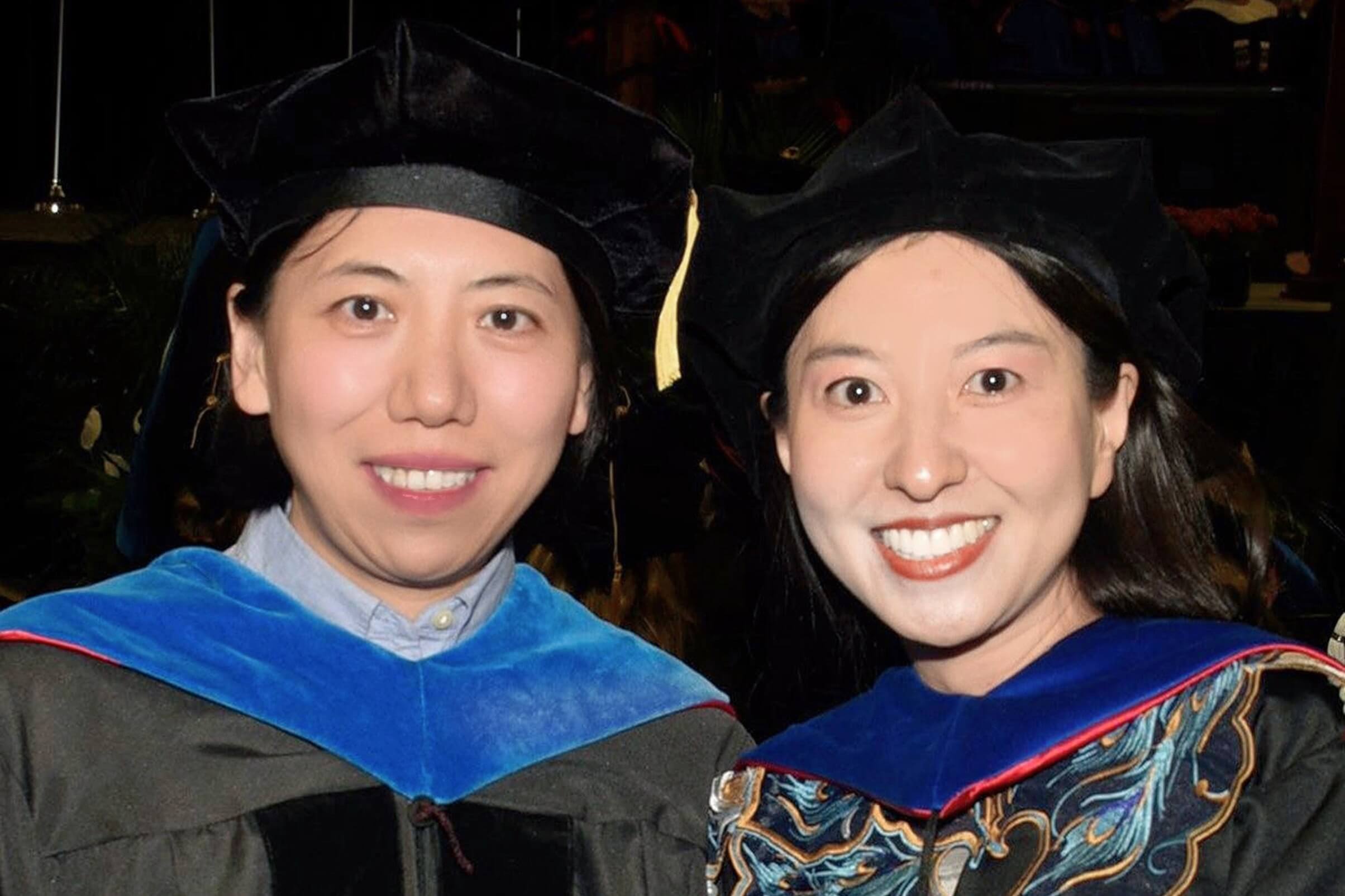University of Georgia animal and dairy scientist Ignacy Misztal develops software programs to help cattlemen select more productive cow couplings. His unique bovine matchmaking skills have earned him an international fan base of animal breeders and researchers.
Using a programing language called Fortran, Misztal’s methods are usually much faster, yet simpler than traditional methods.
For three weeks in May and June, 55 animal and dairy science students and livestock-breeding professionals from around the world gathered in Athens to learn about Misztal’s groundbreaking methods and computer programs. Participants came from as far away as New Zealand and Brazil to learn his computerized matchmaking techniques.
“Nobody else in our field is teaching this,” said Katarzyna Stachowicz, one of Misztal’s students in the current short course and a postdoctoral fellow at the University of Guelph in Ontario. “If you want to learn (computing in animal breeding) than you have to come here.”
Misztal’s computer breeding programs are world-renowned. The program works like an online dating website for cows, but instead of polling users about shared interests, it takes into account factors like milk production, growth rates and genotypic information.
This process provides breeders the information they need to pick a bull to mate with their cows.
His methods and programs are used by the major dairy, swine and chicken breeding companies in the U.S. like the Holstein Association, the Angus Association, Smithfield and PIC and Cobb-Vantress.
Misztal’s method, single-step GBLUP, is the first of its kind to integrate information from databases containing genotypic information on individual animals and observed information about those animals to recommend future breeding matches. This method, developed in collaboration with scientists from France, Uruguay and New Zealand, was also put in a computer program.
“It is difficult to run both of those types of information together, and he has developed a one-step method for doing so,” said Keith Bertrand, director of UGA Department of Animal and Dairy Sciences. “Everyone is coming here to learn about it and to pick his brain about building these kinds of programs.”
Animal rating and breeding groups, such as the Holstein Association, have used databases full of production information for years; however, the addition of the genetic information is relatively new, and it’s where the industry is heading.
Breeders can look at the growth rates and milk production records of individual animals to evaluate the breeding value of their parents. However, if a breeding animal doesn’t have many offspring it’s hard to evaluate them for breeding.
That’s when looking at an animals genetic make up can be helpful.
While the relationship between individual genes and the combinations of genes the positive traits they lead to isn’t precisely known, information in a cow or bull’s genome can give animal breeders useful information about the animal’s future performance, Bertrand said.
“Where the (genomic information) really helps is when an animal is very young and you don’t have much information about his progeny,” Bertrand said. “This genomic information is good for providing a more accurate prediction of how an animal’s progeny will perform.”
Misztal, who first studied computer engineering before continuing his studies in animal science, created his first computer package in 1986. It was used worldwide for genetics improvement of major species.
“I gain from international collaboration; many of my ideas depend on collaboration,” Misztal said.
Not every student at Misztal’s short course this summer was interested in breeding cattle; his program can be modified to work for other animals.
In the future the algorithms that Misztal uses in the breeding program may also be used for medical research and other genomic research.







